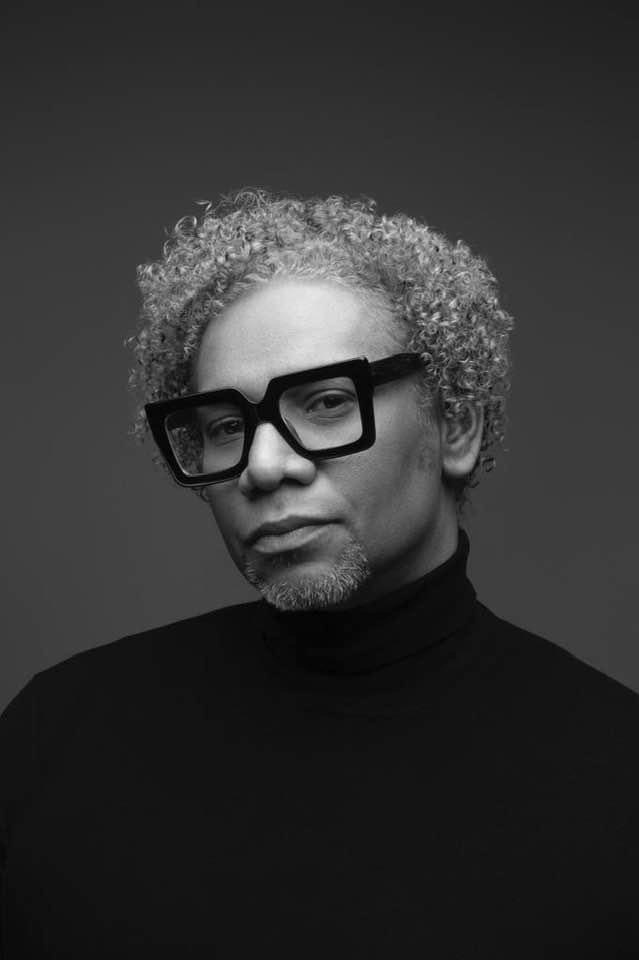“Do you know your hair type and porosity level? These identifiers can be key in creating a product regiment and routine that best suits your natural hair. Give Your Transitioning Hair Some TLC.”
Fabric of Hair Educates: Embracing Your Natural Curls
By Eugene Davis
Transitioning back to natural curls can be challenging when you’ve been chemically straightening, flat ironing, or doing anything but embracing your God-given curl pattern. Don’t worry, I got you! Kickstart your journey back to healthy hair with a few vetted hair care tips.
Learn the art of patience.
Contrary to popular belief, transitioning doesn’t happen overnight. Whether you decide to gradually grow out a relaxer or go all out for a big chop, know that it will take three to four months or thereabouts to start seeing some fundamental changes. Hang in there and manage your expectations the best you can! It’ll be tough, no doubt, but try to be patient. Use this waiting period to get to know your natural hair inside-out. Do you know your hair type and porosity level? These identifiers can be key in creating a product regiment and routine that best suits your natural hair. Give Your Transitioning Hair Some TLC.
While practicing patience is essential, giving your hair loads of love while you’re at it is also crucial. Utilizing tools that are gentle on your strands is vital. This is especially true for the point where your natural texture meets your straight hair or damaged ends (demarcation). This is the MOST fragile part of your length and, by default, deserves a little more TLC. Your hair is most delicate when it’s wet. Take your time when you detangle and style your hair so as to avoid breakage at the line of demarcation. Gentle tools like wide-toothed combs or brushes designed for wet hair are good swaps. Stay away from fine-tooth combs or brushes that pull and snag on your hair when wet.
Pro tip:
Make sure you aren’t causing damage in your sleep! Upgrade your night routine and change your cotton pillowcase for one made of silk or satin. Satin and silk products are great alternatives because of their smooth texture, which allows your hair to slide across the pillow, reducing snags and frizz-inducing rubbing while you sleep.
Moisturize, Moisturize, Moisturize.
Moisturizing is the most critical thing you can do for your transitioning hair to maintain its elasticity and keep the fragile curls growing. As your natural curls come in, it might be more challenging for the scalp’s natural oils to move down the hair shaft, making moisturizing all the more critical. Look for a leave-in moisturizer that pulls together hydrating ingredients like hyaluronic acid and glycerin and penetrating oils like grapeseed and avocado oil. Stay away from drying ingredients, such as alcohol and ingredients that will disturb your true pattern.
Growing out curls doesn’t have to be intimidating. Your journey to natural, pride-inducing curls is as unique as you are. Don’t rush the process, but enjoy the results! By implementing a few of these tips, your journey to re-discovering your natural curl pattern will be faster, easier and healthier.
Read more about Eugene Davis




